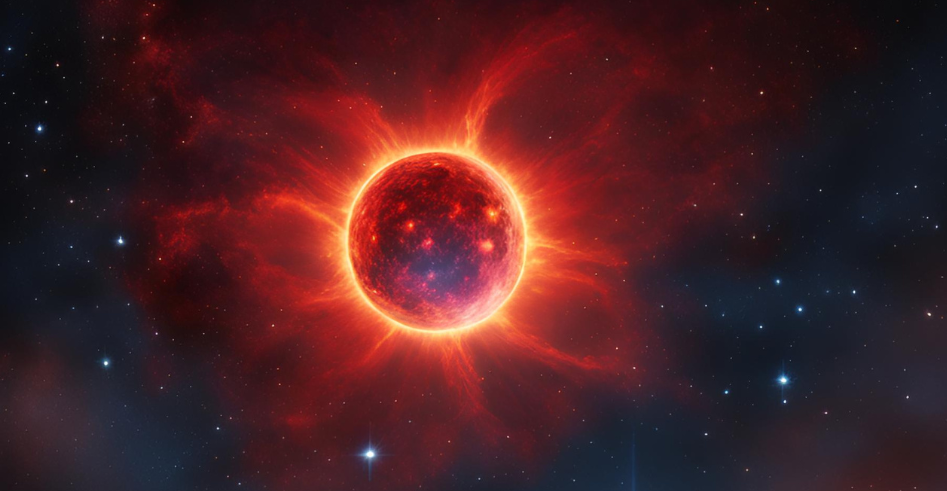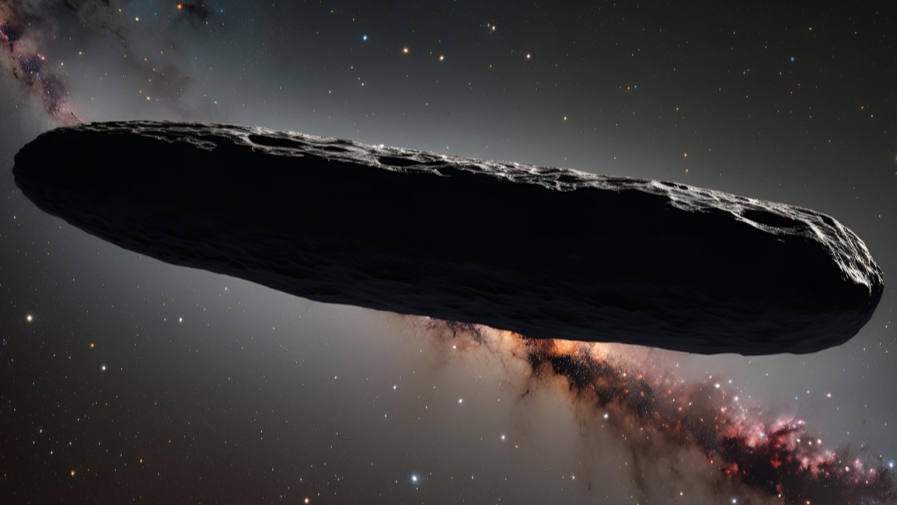The Lifecycle of Stars: From Birth to Death
Stars have always fascinated us, shining brightly in the night sky and sparking our curiosity. But have you ever wondered how stars come into existence and what happens to them over time? Let’s explore the incredible journey of a star, from its birth in a cosmic nursery to its eventual end, in simple and easy-to-understand terms.
1. The Birth of a Star: The Cosmic Nursery
Stars are born in giant clouds of gas and dust called molecular clouds, or stellar nurseries. These clouds are mostly made up of hydrogen, the most common element in the universe. The process starts when a part of this cloud collapses under its own gravity. This collapse can be triggered by events like the explosion of a nearby star, which sends shockwaves through the cloud.
As the cloud collapses, it breaks into smaller pieces. Each of these pieces starts to heat up and form a protostar, which is like a baby star still wrapped in its blanket of gas and dust. As the protostar grows by pulling in more material, it gets hotter and denser. When the temperature at its core becomes high enough, nuclear fusion begins. This is the process where hydrogen atoms combine to form helium, releasing a huge amount of energy in the form of light and heat. This marks the birth of a new star!
2. The Main Sequence: A Star’s Long and Stable Life
Once nuclear fusion starts, the star enters the longest phase of its life, known as the main sequence. This is like the adulthood of a star, where it shines steadily for millions or even billions of years. During this time, the star is in balance: the energy from nuclear fusion pushing outwards balances the force of gravity pulling inwards.
The size, brightness, and lifespan of a star depend on its mass. Bigger stars are hotter and shine brighter, but they also burn their fuel faster and have shorter lifespans. Smaller stars, like our Sun, are cooler and shine less brightly, but they can last much longer. For example, our Sun has been around for about 4.6 billion years and is expected to continue shining for another 5 billion years!
3. Leaving the Main Sequence: The Red Giant Phase

As the star uses up the hydrogen in its core, it starts to change. For a star like the Sun, this means it will swell up into a red giant. This phase is like the old age of a star. The star expands and cools, giving it a reddish color. During this time, the star starts burning helium, creating heavier elements like carbon and oxygen.
The red giant phase is relatively short compared to the main sequence phase. Eventually, the star sheds its outer layers, creating a beautiful cloud of gas called a planetary nebula. What’s left is the core, which shrinks and becomes very hot.
4. The Death of Stars: Different Endings
The end of a star’s life depends on its mass. Here’s how it happens:
For Stars Like the Sun: White Dwarfs
After shedding its outer layers, the core of a star like the Sun becomes a white dwarf. This is a small, incredibly dense star about the size of Earth. White dwarfs no longer produce energy through fusion; they just slowly cool down over billions of years.
For Massive Stars: Supernovae, Neutron Stars, and Black Holes
Massive stars have a more dramatic ending. They continue to fuse heavier elements until they reach iron, which cannot be fused to produce energy. When this happens, the core collapses, leading to a massive explosion called a supernova. This explosion is incredibly bright and spreads the elements created in the star into space.
If the leftover core is very dense, it becomes a neutron star—a city-sized object with a mass greater than the Sun. If the core is even more massive, it can collapse into a black hole, a point in space with gravity so strong that not even light can escape from it.
5. The Cycle of Life in the Universe
The death of a star, especially in a supernova, spreads elements like carbon, oxygen, and iron into space. These elements are essential for forming new stars, planets, and even life. In this way, the material from old stars gets recycled into new stars and planets, continuing the cycle of creation in the universe.
White dwarfs, neutron stars, and black holes are fascinating objects that scientists study to learn more about the universe. They help us understand the fundamental laws of nature and the life cycles of stars.
Conclusion
The lifecycle of a star is a beautiful and complex journey from birth to death. It starts in a cosmic nursery, lives a long and stable life, and ends in different ways depending on its size. This process is a reminder of the constant change and renewal happening in the universe.
For an Indian audience, the lifecycle of stars can be likened to the concepts of creation, preservation, and destruction—Brahma, Vishnu, and Shiva. Just like these concepts, the life of a star involves creation, a long period of life, and an eventual transformation or end, which leads to new beginnings.
As we look up at the stars, we are not just seeing points of light. We are witnessing the amazing processes that shape our universe. The more we learn about stars, the more we understand about the cosmos and our place in it.
The Mysterious World of Black Holes: What We Know So Far
-
The Space Umbrella

The Space Umbrella Imagine a future where we have a giant umbrella in space, shielding our planet from the Sun’s scorching rays. Sounds like science … Read More
-
बरमूडा ट्रायंगल का रहस्य | क्या सच में यहां जहाज और विमान गायब हो जाते हैं?

बरमूडा ट्रायंगल का रहस्य | क्या सच में यहां जहाज और विमान गायब हो जाते हैं ? एक ऐसा क्षेत्र जहां विमान और जहाज अचानक … Read More
-
ओउमुआमुआ का रहस्यमयी मोड़ : वैज्ञानिक क्यों हुए हैरान?

दोस्तों बात है 2017 कि जब हमारे सोरमंडल मे एक अजीबो गरीब ऑब्जेक्ट देखा गया जिसका नाम रखा गया ओउमुआमुआ । एक रहस्यमय ऑब्जेक्ट , … Read More
-
12 Fascinating Facts About Einstein’s General Theory of Relativity You Might Not Know

Einstein’s General Theory of Relativity , proposed by Albert Einstein in 1915, revolutionized our understanding of gravity and spacetime. While many facts about it are … Read More


1 thought on “The Lifecycle of Stars: From Birth to Death”